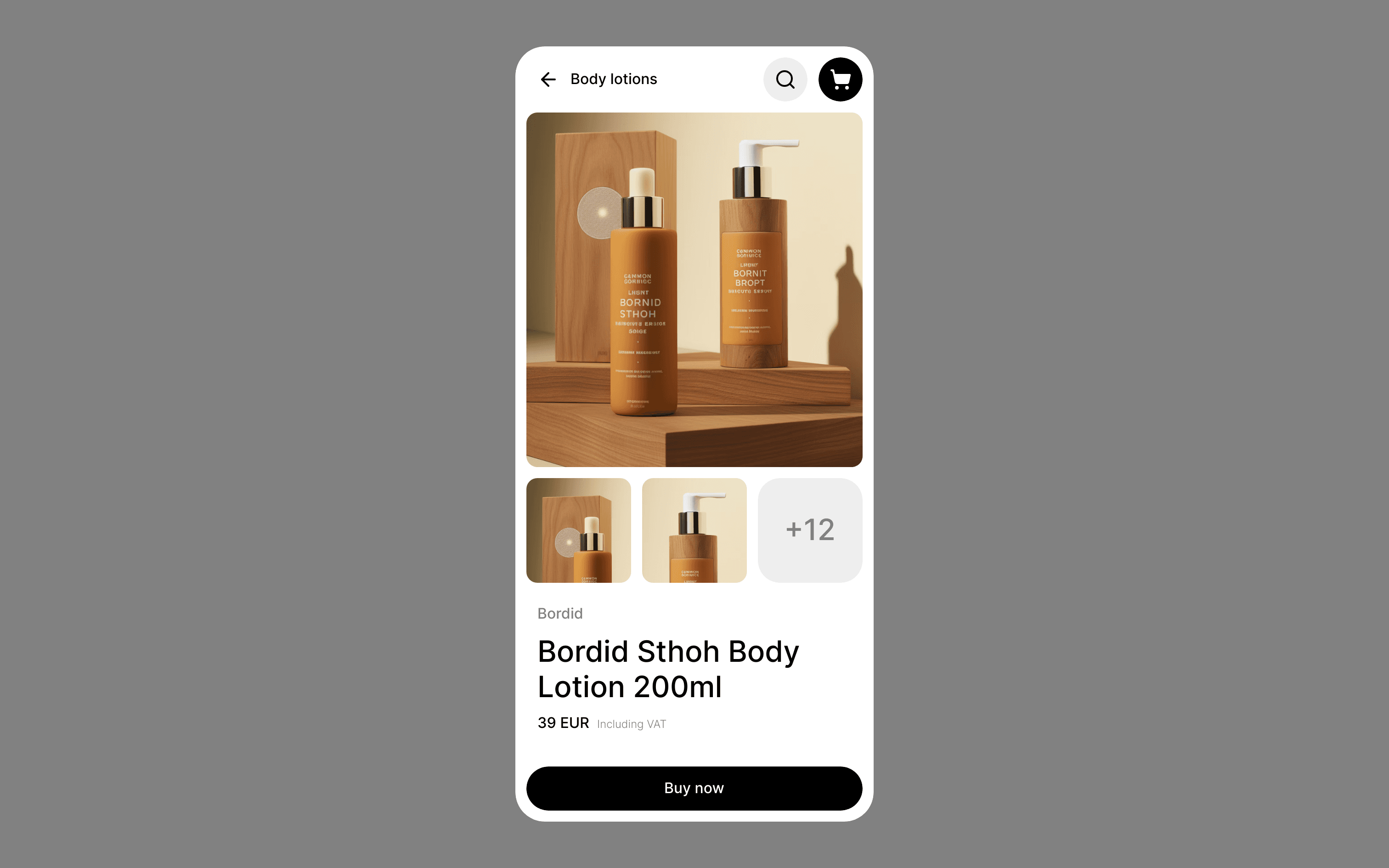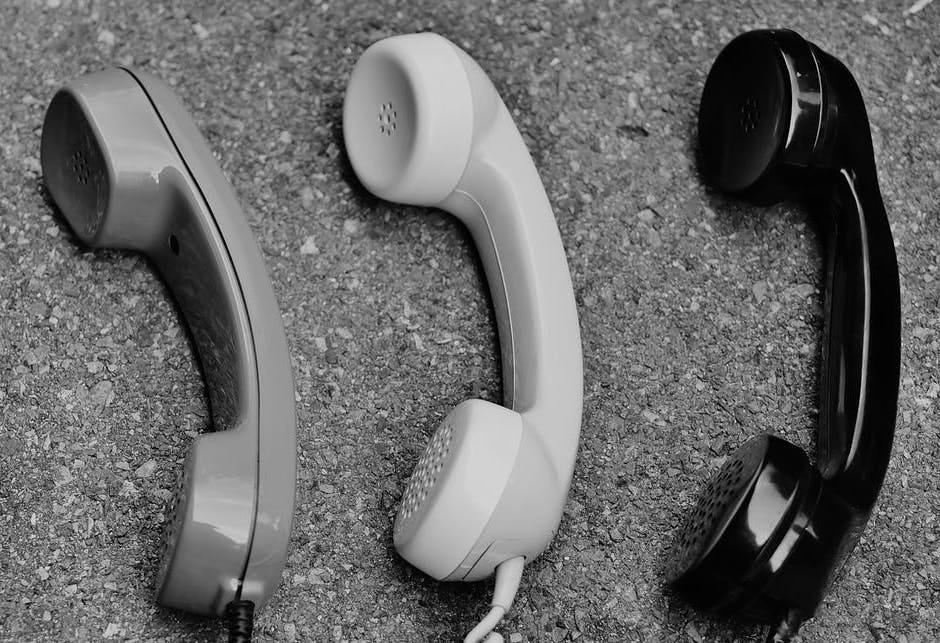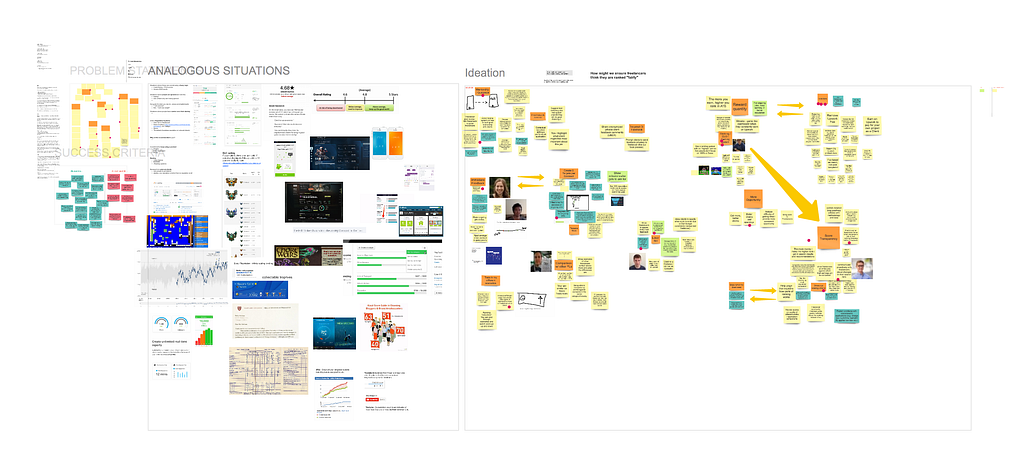Build Design Systems With Penpot Components
Penpot's new component system for building scalable design systems, emphasizing designer-developer collaboration.

uxdesign.cc – User Experience Design — Medium | Shipra Kayan

Everything we do here at Upwork is remote-first.
Our founders paired up across the ocean (one in San Francisco, the other in Athens) to create the company. We have a strong history of distributed teams collaborating at the highest levels of problem-solving. Most of our products and services are developed by distributed teams: An engineer in South America might be collaborating with a designer in Ukraine on the newest Upwork feature.
The design team here at Upwork has been experimenting with techniques to make collaborative remote design sessions effective. We’ve spent much of our energy experimenting with various tools. Video conferencing, online whiteboards, always-on google hangout— you name it, we’ve tried it.
In my seven years here, however, I have come to realize that tools are the easy part. It’s much more challenging to cultivate the right mind-set and processes to make remote collaboration work.

There is a Silicon Valley voice that screams, “You need to be in the same office to innovate.” The team you are working with probably hears that voice and comes from this background. So before you embark on a session of remote design thinking, it’s worth spending 10 minutes to generate optimism that this collaboration will work.
Any one (or all) of these techniques can help create this optimism and confidence:
I wrote about this at length while I was in Skopje, Macedonia, with some of our “remote” team members. Ensuring that the team working together understands the core goals of the company is nonnegotiable. Unless the core mission, goals, and strategy of a company are repeated often, team members, whether remote or co-located, can easily become disconnected from them.
To make certain that everyone in your team is working toward the same goals, try the following:
This may seem to fly in the face of encouraging optimism. But that fact is, if you are just starting out with remote design collaboration, you are going to suffer a few failures. Each team is different, each project has different needs, and each facilitator has his or her own style. Some things will not go as smoothly as you planned.
Plan for failures — and ensure that you learn from them. Set expectations with your leadership that this new process will take time and patience to get right.
To make certain that you learn from your setbacks:
Laila from https://medium.com/remote-design-thinking has inspired a lot of our processes here, and I will be remiss if I didn’t thank her for her continuing advice and incredible thesis on remote design thinking.
Do you have the right mind-set to make remote design collaboration work? was originally published in uxdesign.cc on Medium, where people are continuing the conversation by highlighting and responding to this story.
AI-driven updates, curated by humans and hand-edited for the Prototypr community